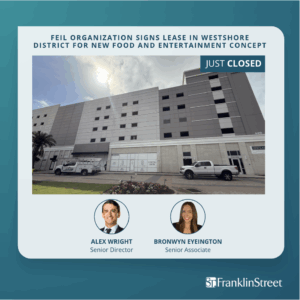The multifamily market has been red hot, and brokers are as busy as they’ve ever been. In fact, recent data from Real Capital Analytics shows 2015 will likely surpass 2014 as the most active year ever for multifamily investment.
That said, some owners who have tested the sales waters have decided to hold their assets because they either didn’t like the potential sale price or are unsure of where to put their proceeds. As the property manager, owners look to us to provide recommendations on what can be done to continue to increase ROI while holding an asset.
Because of the strength of the market, most apartment communities have seen natural rent growth without any adjustments to the property. However, at some point, rent growth will taper, so properties have to do more than just rise with the tide. A solid plan that will increase rents further and faster can be a make-or-break for a property in the event of another crash and/or raising interest rates.
Owners who are planning a long-term hold have a variety of options to add value to the property, including renovating units and adding extra amenities. By making upgrades to unit interiors, owners can set themselves up for lower expenses down the road. For example, many owners are replacing carpet with tile or hardwood floors because they will last longer without as much expense on upkeep.
Refinishing countertops is the cheapest way to get a visible pop. In higher-end properties, owners are trying out recycled glass countertops instead of granite. They are in line with the cost of granite, but give properties something a little bit different to tout to renters. Owners of C+ or B- properties are adding Formica countertops but with beveled edges, which visibly reduces the seam and gives the apartment a higher-end look at first glance.
Cabinets are another quick and easy fix, because owners can add new doors and paint relatively cheaply. For owners who are willing to dig a little deeper in their pockets, swapping out old white/taupe appliances for black or stainless steel immediately gives an apartment a more modern feel.
There’s a wide range of what improvements can be made and varying costs associated with making those upgrades. Before deciding what investments to make, it’s important to think through what you’re trying to get from a rent increase standpoint. Will you be able to get the traffic to justify the rent increase? Can rents even rise to that level? What will it cost to improve units to a level that will justify those prices? These are all important questions to consider.
When making upgrades for a long-term hold, it’s important to invest in long-lasting, durable improvements that won’t need to be replaced. Preventative maintenance is key, and by upgrading big-ticket items like roofs now, properties will be better prepared if/when the next downturn happens.
During the last recession, the owners who struggled to recover the most were those that pocketed the profits from 2003 through 2006 without reinvesting into the property. When the market took a turn for the worst, the properties that were starved for capital in the good times went into disrepair during the bad. It’s important for owners to learn from the past, and invest a portion of the current record high profits into their assets.
It’s inevitable that at some point values will drop and the market will slow down. I believe it will be a less brutal downturn than a few years ago, but at some point the pendulum will swing back. One could compare it to a hurricane – owners should be putting up storm shelters and buying bottled water to withstand the storm before it hits.



